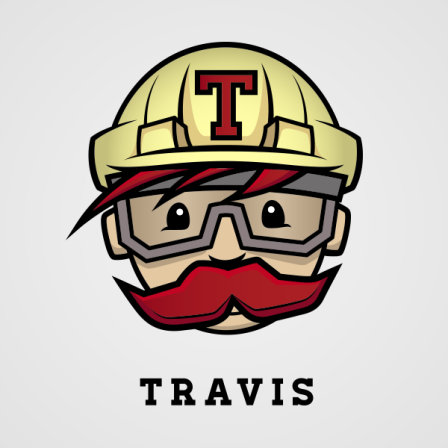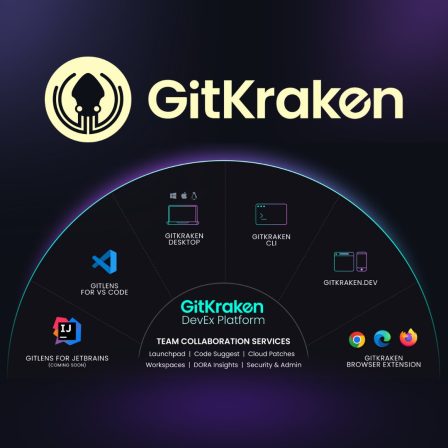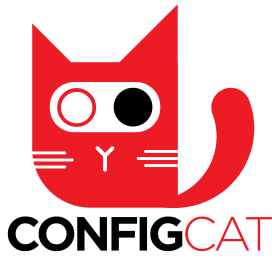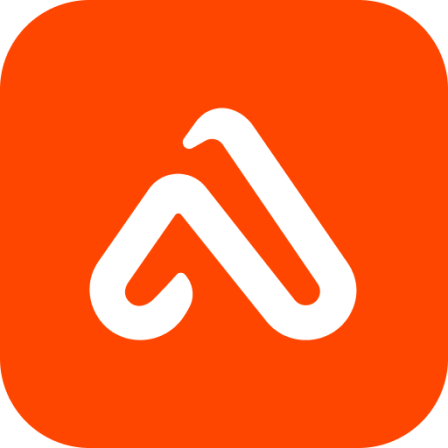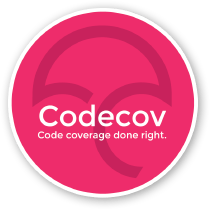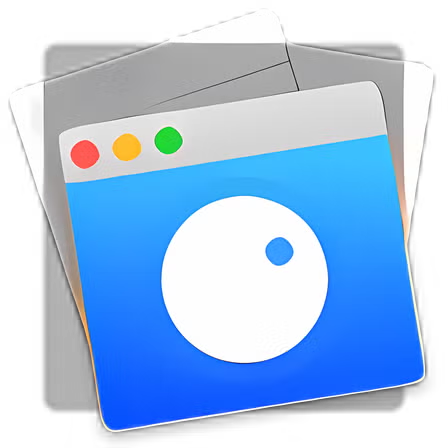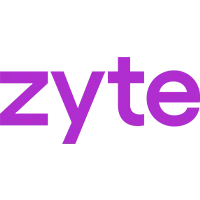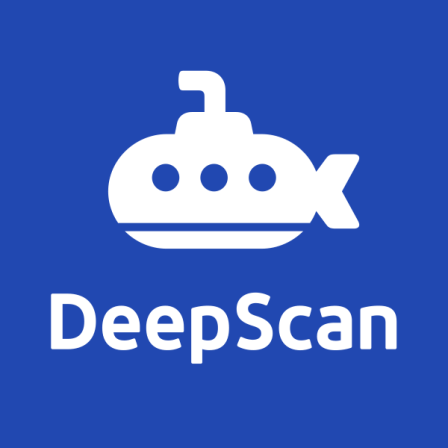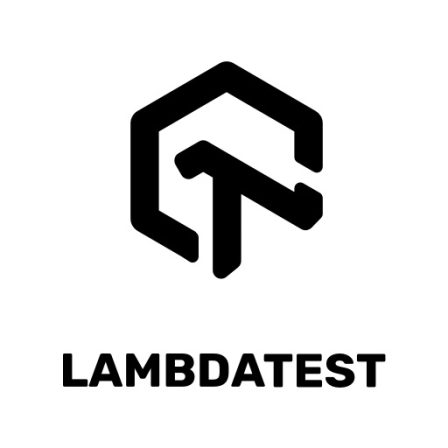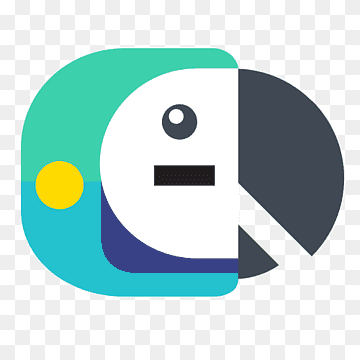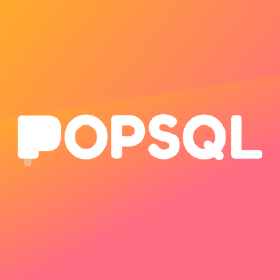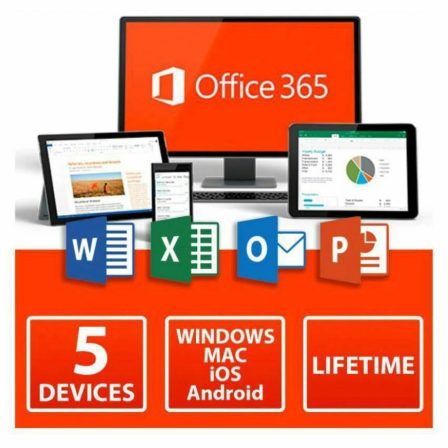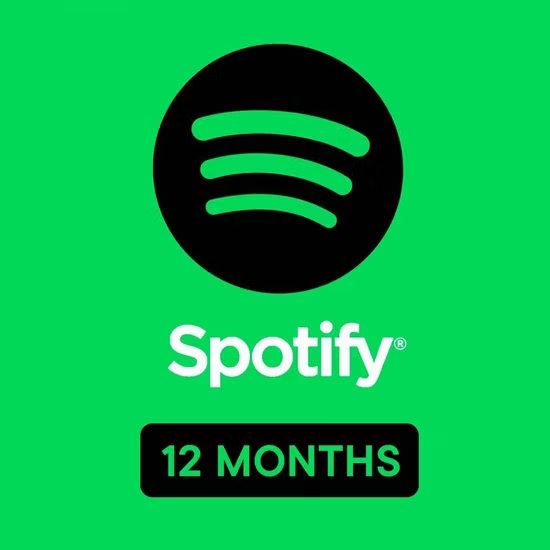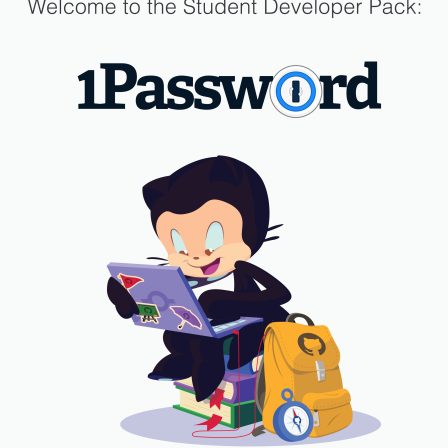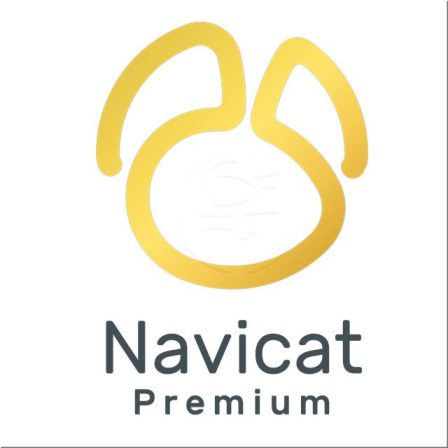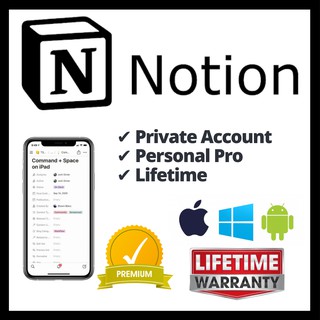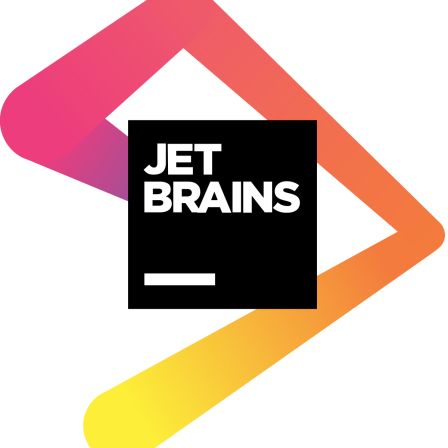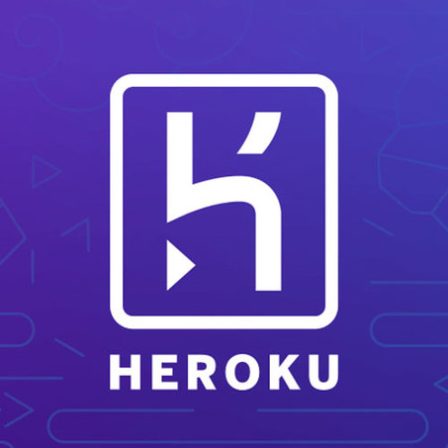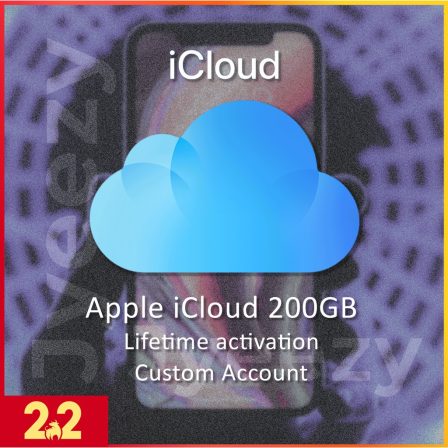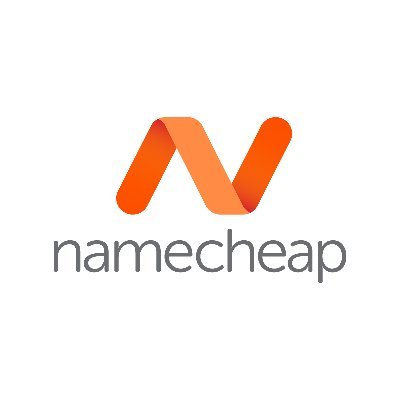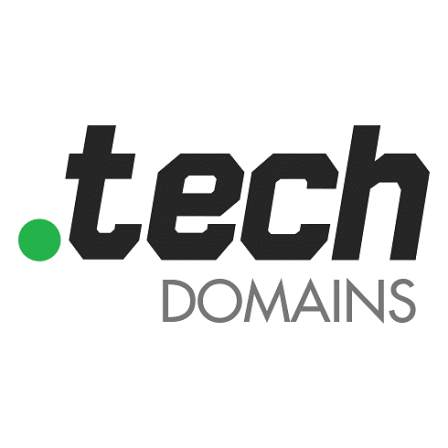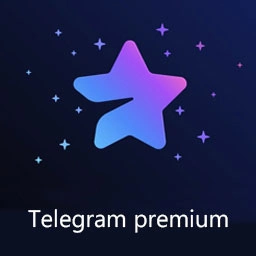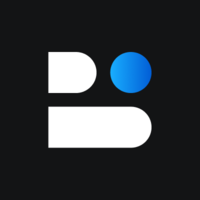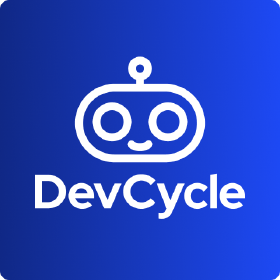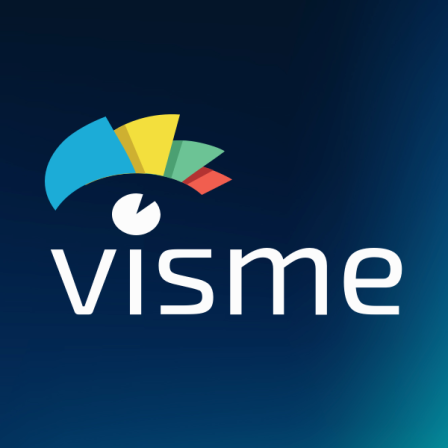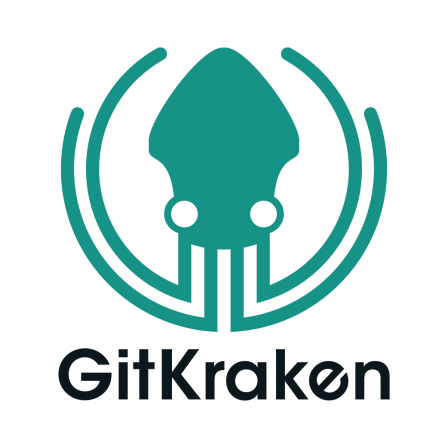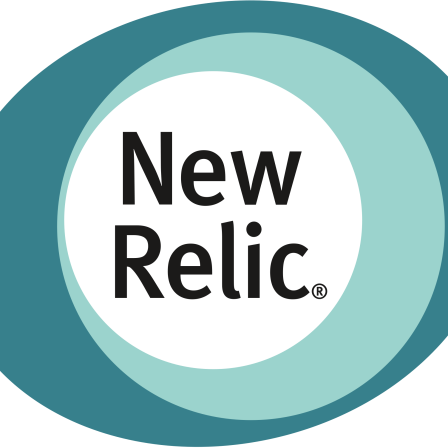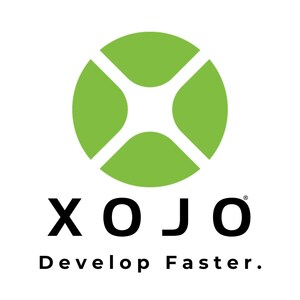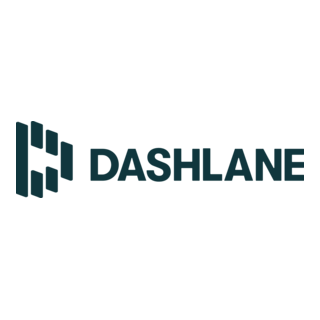There is no item in your cart
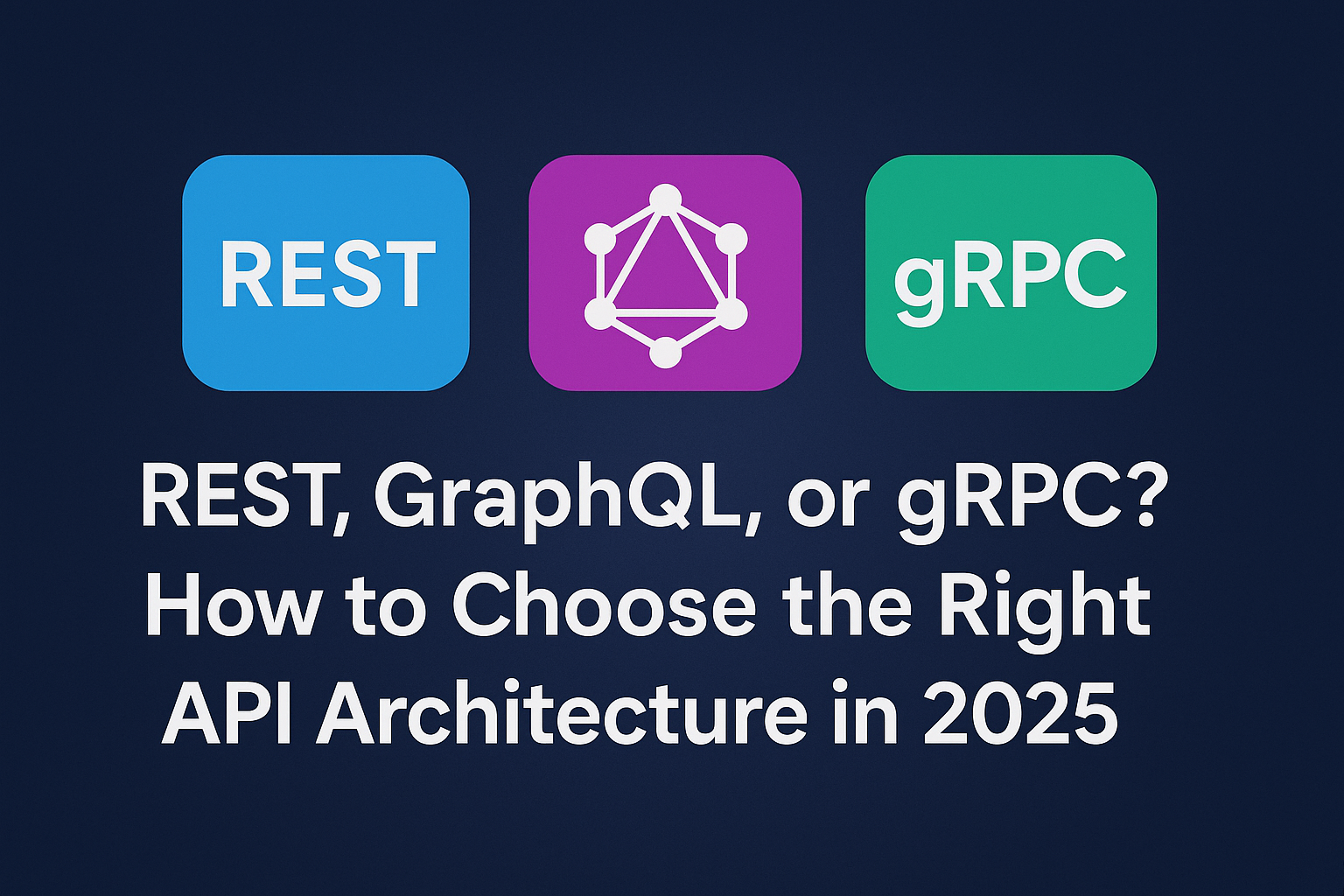
REST, GraphQL, or gRPC? How to Choose the Right API Architecture in 2025
Building a new application starts with critical architectural decisions, and none is more foundational than how you design your API. It’s the contract that defines how your services and clients communicate. For years, REST has been the undisputed standard, but powerful alternatives like GraphQL and gRPC now offer specialized advantages for different use cases.
So, which one should you choose for your next project? This guide will break down the strengths and weaknesses of each, helping you make the right decision for your specific needs.
1. REST: The Universal Standard
REST (Representational State Transfer) isn’t a strict protocol but an architectural style that uses standard HTTP verbs (GET, POST, PUT, DELETE) to act upon resources (like /users/123).
- Pros:
- Simplicity & Ubiquity: It’s easy to understand, and virtually every developer and tool supports it out of the box.
- Leverages HTTP: Perfectly utilizes HTTP caching, status codes, and headers, making it robust and scalable.
- Stateless: Each request contains all the information needed to process it, making it highly reliable.
- Cons:
- Over-fetching & Under-fetching: Clients often receive either more data than they need or have to make multiple requests to get all the data they need, which is inefficient for complex applications.
- Best For: Public-facing APIs, simple CRUD (Create, Read, Update, Delete) applications, and when you need to take advantage of standard web caching mechanisms.
2. GraphQL: The Flexible Data Fetcher
GraphQL is a query language for your API. Instead of having multiple endpoints that return fixed data structures, you have a single endpoint that responds to complex queries, giving clients exactly the data they ask for—no more, no less.
- Pros:
- Eliminates Over-fetching: Clients get exactly what they request, which is perfect for mobile apps with limited bandwidth.
- Strongly Typed Schema: The built-in type system serves as powerful documentation and prevents bugs.
- Single Request for Complex Data: Fetch all the nested data you need for a view in a single round trip.
- Cons:
- Server-Side Complexity: More complex to implement on the server compared to REST.
- Caching Complexity: HTTP caching is no longer straightforward; requires more sophisticated client-side or server-side caching strategies.
- Best For: Applications with complex UIs and varied data needs (like social media feeds), and mobile applications where minimizing data usage is critical.
3. gRPC: The High-Performance Specialist
gRPC is a high-performance Remote Procedure Call (RPC) framework developed by Google. It uses Protocol Buffers (Protobufs) to serialize data into a compact binary format and runs over HTTP/2, enabling features like bidirectional streaming.
- Pros:
- Extreme Performance: The binary format and use of HTTP/2 make it significantly faster and more efficient than text-based APIs like REST and GraphQL.
- Strictly Typed Contracts: The
.protofiles define a strict contract between the client and server, reducing integration errors. - Streaming Support: Ideal for real-time communication, chat applications, or live data feeds.
- Cons:
- Limited Browser Support: Not natively supported by web browsers (requires a proxy like gRPC-Web).
- Not Human-Readable: The binary format is difficult to debug without proper tooling.
- Best For: Internal, high-performance microservice-to-microservice communication, real-time applications, and mobile clients where network efficiency is paramount.
The Decision Framework: A Quick Guide
- If your priority is Simplicity & Public Accessibility, start with REST.
- If your priority is Frontend Data Flexibility, choose GraphQL.
- If your priority is Internal Microservice Speed, choose gRPC.
Conclusion
There is no single “best” API. The modern approach is often a hybrid one: using gRPC for fast internal communication, while exposing a public-facing GraphQL or REST API for your web and mobile clients. Understanding the trade-offs of each is key to building a robust and scalable system.
No matter which API architecture you choose, documenting it clearly is crucial for team collaboration. Tools like [Bump.sh] can automatically generate beautiful docs from your specs. And to manage the underlying data, a powerful client like [Navicat Premium from SMONE] is essential. Find these and other core developer tools on our site to build high-quality APIs.
